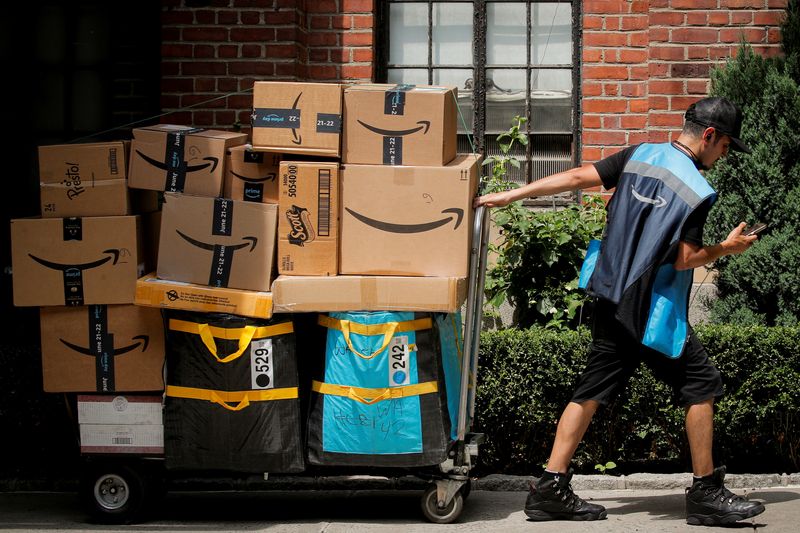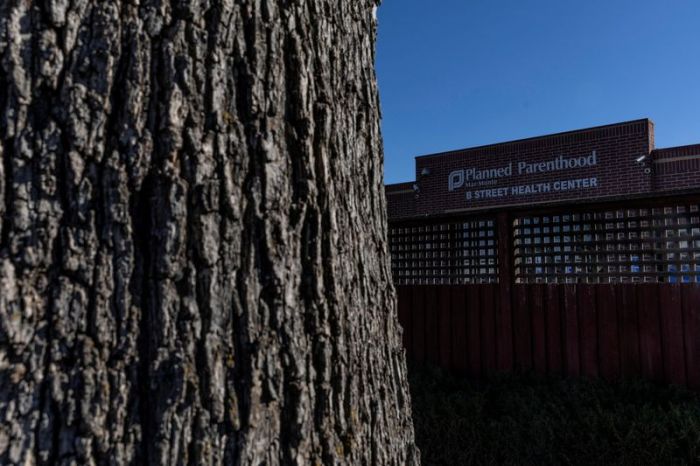(Reuters) -U.S. consumer spending on e-commerce is expected to hit a record $1 trillion this year thanks to the pandemic-driven shift to online shopping, a report from Adobe Analytics showed on Tuesday.
The forecast represents a jump of 13% from 2021 and follows a total spend of $1.7 trillion over the course of two years of the COVID-19 crisis, starting March 2020.
“The pandemic was a consequential moment for e-commerce. Not only did it accelerate growth by nearly two years, but it also impacted the types of goods consumers are willing to buy online,” said Vivek Pandya, lead analyst at Adobe Digital Insights.
For 2022, the National Retail Federation (NRF) forecast non-store and online sales to grow between 11% and 13% to a range of $1.17 trillion to $1.19 trillion.
The trade body expects overall retail sales, excluding automobile dealers, gasoline stations and restaurants, to rise between 6% and 8%.
“We should see durable growth this year given consumer confidence to continue this expansion, notwithstanding risks related to inflation, COVID-19 and geopolitical threats,” NRF Chief Executive Officer Matthew Shay said.
Online spending on groceries soared during the pandemic, rising 7.2% last year after more than doubling in 2020, Adobe said, as consumers preferred the safety and convenience of home deliveries.
That compared with modest growth for apparel, while electronics cemented its position as the top online-shopping category.
“E-commerce is being reshaped by grocery shopping, a category with minimal discounting compared to legacy categories like electronics and apparel,” said Patrick Brown, vice president of growth marketing and insights at Adobe.
The forecast was also supported by signs of robust demand even as product prices surge.
After accounting for $32 billion of e-commerce sales last year, inflation would make up as much as $27 billion in online spending in 2022, Adobe said.
(Reporting by Deborah Sophia in Bengaluru; Additional reporting by Praveen Paramasivam; Editing by Aditya Soni and Devika Syamnath)


























